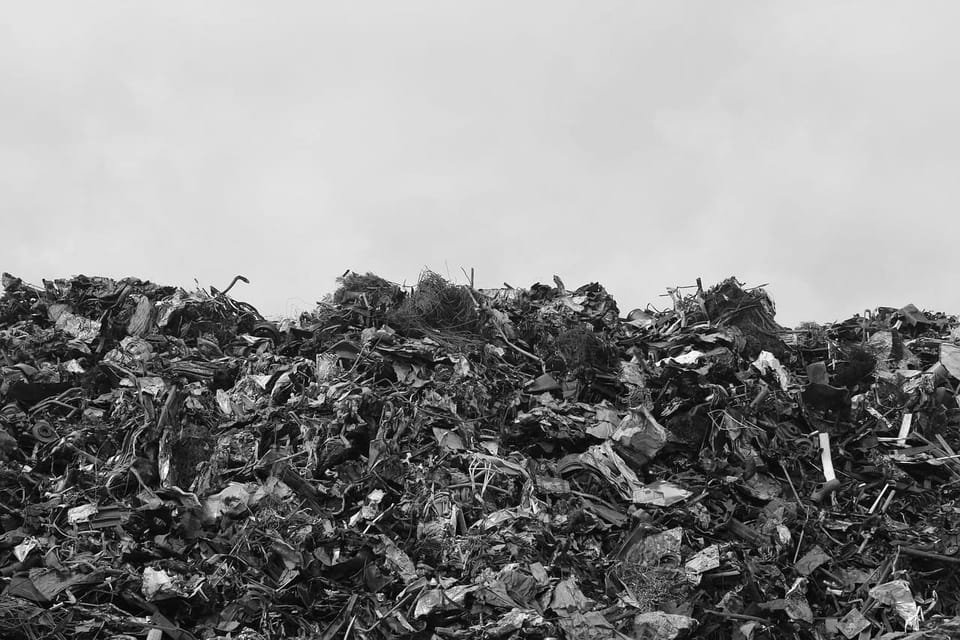The Seven Hidden Wastes Killing Your Legal Practice Efficiency

Most UK law firms lose 20-30% of their productivity to hidden inefficiencies. These aren't dramatic failures—they're small, everyday wastes that compound into significant competitive disadvantages. Here's how to spot them before they kill your margins.
1. Transport Waste: The Document Shuffle
What it looks like: Physically moving documents between offices, printing emails to review them, shuttling files between departments, or converting documents between multiple formats.
The hidden cost: One London firm discovered they were spending 3.2 hours per matter just moving information around. At £400+ per hour for senior associates, that's £1,280 of pure waste per file.
Quick fix: Mandate digital-first processes with cloud-based matter management. Establish a "print-to-review = billable time lost" mindset.
2. Inventory Waste: The Queue Killer
What it looks like: Drafts accumulating in partner inboxes, matters stalled pending client approvals, work-in-progress building up during holiday periods.
The hidden cost: Every day a matter sits idle, your client questions your efficiency. Every bottleneck creates write-down pressure.
Quick fix: Implement visual work-in-progress limits using simple kanban boards. If you can see the queue, you can manage it.
3. Motion Waste: The Hunt and Search
What it looks like: Lawyers hunting through folders for precedents, duplicating research already conducted on similar matters, searching for the "latest version" of template documents.
The hidden cost: Junior lawyers spending billable time recreating work that already exists elsewhere in the firm.
Quick fix: Deploy a 5S folder taxonomy with standardised naming conventions. Create a precedent library with proper tagging systems.
4. Waiting Waste: The Productivity Killer
What it looks like: Matters stalled pending client approvals, court listing delays creating idle time, third-party responses that block progress on multiple fronts.
The hidden cost: Fee earners with nothing billable to do, or worse, artificially extending other work to fill time.
Quick fix: Parallel-process tasks where possible. Maintain alternative work streams so delays on one matter don't kill productivity across the board.
5. Over-Production Waste: The Gold-Plating Trap
What it looks like: Preparing exhaustive memoranda when a brief summary suffices, creating detailed precedents for one-off transactions, researching every possible angle regardless of client sophistication.
The hidden cost: Time spent that clients won't pay for, creating write-down pressure and relationship tension.
Quick fix: Establish "good enough" standards and develop client communication protocols that match their sophistication level.
6. Over-Processing Waste: The Perfectionism Tax
What it looks like: Multiple style conversions of documents, excessive formatting of internal drafts, spending billable time on presentation elements that add no legal value.
The hidden cost: Charging premium rates for administrative work that could be delegated or eliminated entirely.
Quick fix: Create style-guide macros and establish different quality standards for internal versus client-facing documents.
7. Defects Waste: The Reputation Killer
What it looks like: Typos requiring document re-printing, incorrect party names requiring amendments, billing errors triggering client disputes.
The hidden cost: Beyond the immediate rework, defects destroy client confidence in your processes and create write-down pressure.
Quick fix: Implement checklists and peer review protocols at defined quality gates throughout the matter lifecycle.
The Competitive Reality
Firms that systematically eliminate these wastes don't just improve efficiency—they fundamentally change their competitive position. They can offer predictable pricing, faster delivery, and higher quality simultaneously.
Your immediate action: Walk through one active matter and count how many of these seven wastes you can identify. Most lawyers find 15-20 examples in a single file review.